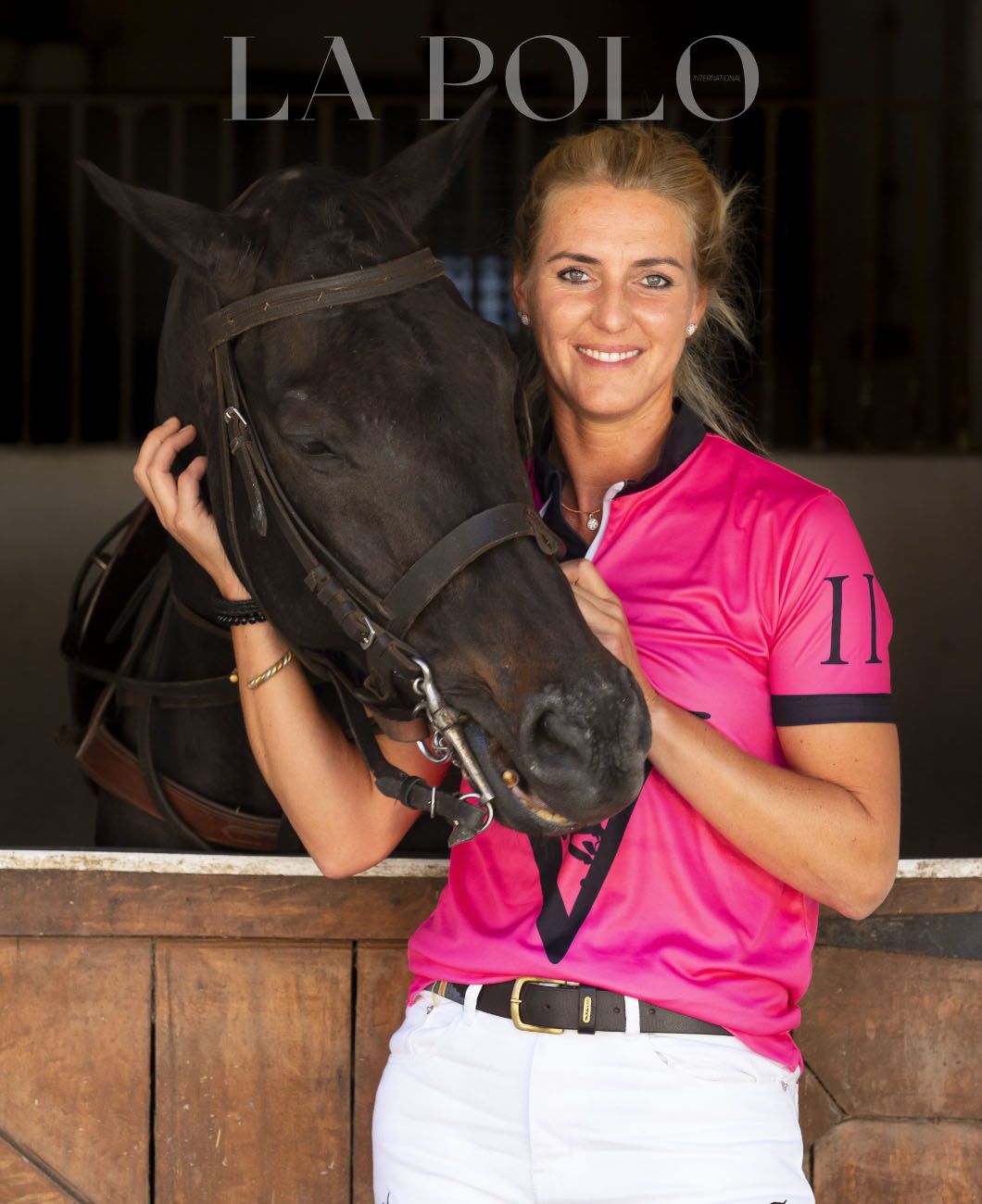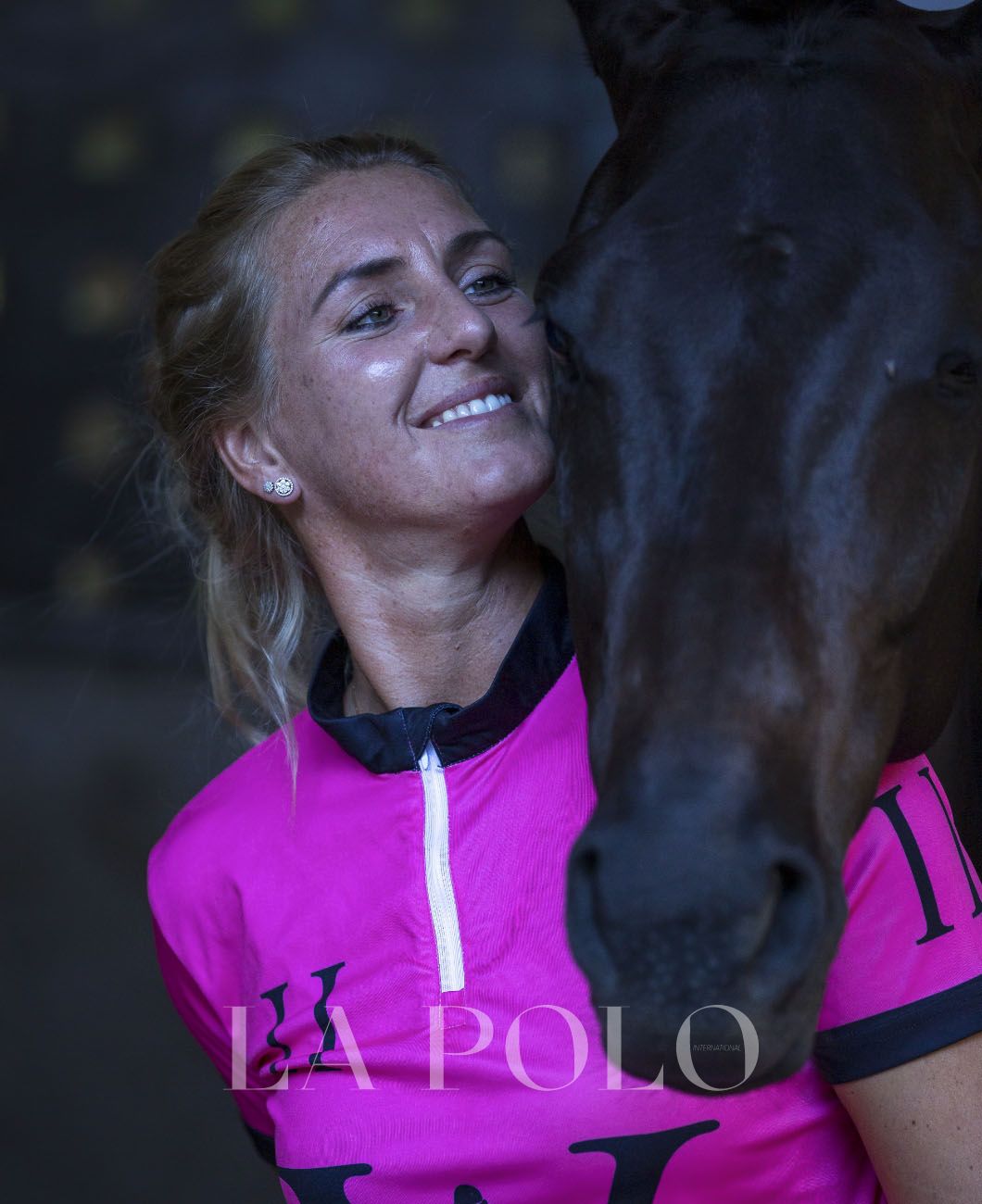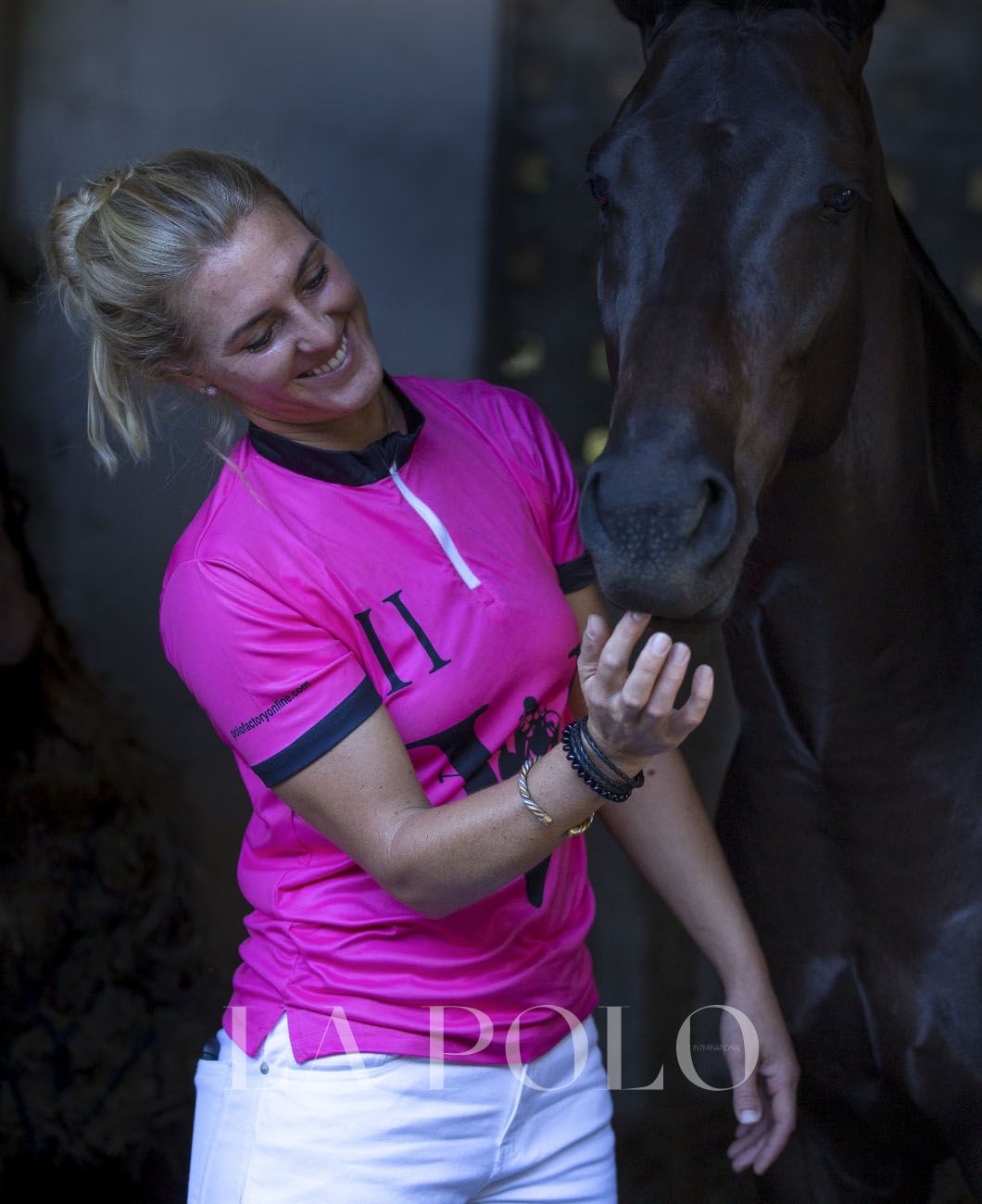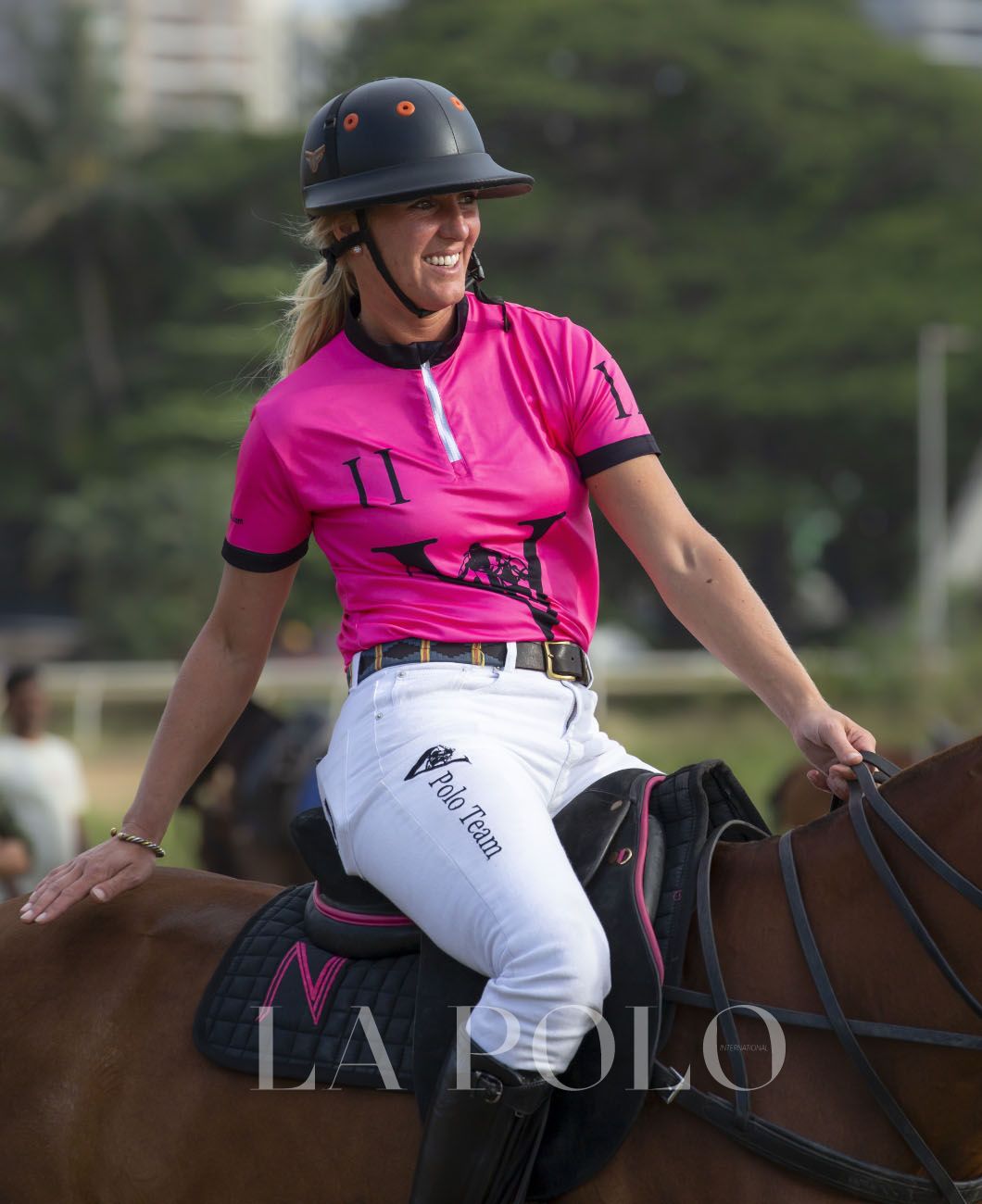Getting Back On Track
It’s been long since sports got back to normal routine. While this has affected the calendars, players, sponsors, spectators and others directly or indirectly, it has adversely affected the animals too. In a tete-a-tete with La Polo, trainer Monique Van Haarst emphasizes the things players must look into for themselves and for the horses.

Sports across the world came to a sudden stop due to Covid-19. Equine sports have been impacted for over four months. Now that things are finally coming back on track, horses’ health is important. Show jumper, horse trainer currently at Amateur Riders Club, Mumbai and polo player Monique Van Haarst says: “Due to the Covid-19 lockdowns, our Polo season of 2020 came to a sudden halt. After three weeks of intense polo and months of preparation before the season, the horses deserved a nice holiday. But we never thought the vacation would extend to four months!” After a long period of heavy workouts, to prevent muscle problems, it is important that the horses keep moving. So, horses need to keep moving, morning and evening, with daily riding, walking, or arena time.
Since competition is nil at the moment, the need for energy is also less. Haarst says there is no need for hard feed (pallets etc.), and only roughage (hay, grass) will suffice. Oats have a lower energy value than other grains, despite being rich in sugar and starch. Explaining the diet, Haarst says: “Muscle stiffness is associated with an excess of sugar and starch in relation to the amount of work done. Nevertheless, oats are quickly digestible, which means that a lot of energy can be released in a short time. But that’s what we don’t want when a horse is on rest. It creates stress.”
According to her, a horse should be able to eat throughout the day. She advised to aim for periods of no longer than six to eight hours without food. During periods without food, too little saliva is produced, and in the long term, this creates risk of forming stomach ulcers. Not eating for a longer period of time and being bored encourages bad stable habits.
The horse must get the majority of its required energy from roughage. The horse has to chew a lot on roughage, which leads to saliva formation, and saliva has a buffering effect on stomach acid.

Now that equestrian sports have restarted again, the tack needs to be checked and maintained. Nobody wants a broken rein when trying to stop the horse on the polo field after a long stretch, or a stirrup broken whenever above a jump!
Harrst says: “The lockdown has created two types of people: There are some who are suddenly super-fit and have been working out every day due to boredom, and there are some who have enjoyed the long holiday and devoured 1,000 books and snacks.”

Haarst says the former type are ready to get back in the saddle! “Just remember that you might be overfit so don’t expect that from your horse!" For the latter type, it’s important to get moving! “We don’t want to be a clumsy heavy backpack on our horses!"
Haarst suggests yoga for riders. She suggested: “Yoga is great to create suppleness and balance. Strong legs, balance and stamina are required.” Horses need to get active again too. “So, slowly we should start building their stamina. We should start with walking and trotting and increasing it every week.” Since horses are in an open environment, they naturally love it.

Haarst says: “We have started riding the horses in the arena, reminding them of the aids and building up muscles. I find it important to create a diverse program for the horses. As we get bored by working in the same office, doing the same work every day, this works the same for the horses. So, we make our program with a certain amount of days of arena work, track work, lunging and free time in the arena.”
Focusing on the exercises that must be added to the routine of the horses, Haarst shared her experience: “When I train a horse, I am constantly getting my horse sharper on my aids. So, in the game, riding should be easy and quicker. Besides that, you want to make the horse stronger and flexible so its body can handle what we’re asking for.” Since horses have been at rest for almost four months, sudden exercises may lead to unwanted injuries. “To prevent injuries, getting your horse back to work has to be slow and steady,” she says.
Sharing her personal favourites from her regime, she says: “I love starting at the racetrack. Just going straight so we can gradually strengthen the muscles, tendons and joints. Don’t work them every day. Good warm-ups and cooling downs are a must. After a working session, our horses go straight for rolling. And then I don’t mean the Indian rolling which means a walk. They go to a sandpit and get to roll in the sand or mud. It’s like a yoga session for them, stretching muscles, joints, and a relief for the itchy sweat. Then a good 10 min walk and shower."
The long break and minimal competition has not just affected the horses physically, but also mentally. Haarst shares how one can be prepared to boost the positive energies. “For the horses, it is important that you make a good plan. They cannot speak, so they won’t tell you when they’re tired or are in pain. You need them physically and mentally fit, happy and healthy.”

Talking of the mental fitness of the riders, Haarst says: “Riders too need to be physically and mentally fit. Most people have no idea how mentally taxing horse riding is. Yoga is good for physical fitness and meditation for our mental health.” There is a lot of potential in equestrian sport and there is need to make use of this potential among the younger generation. “We need to keep the sport alive! By making people excited and creating more players, we help in the growth of the sport. Everyone needs a good coach to teach you the skills of horse-riding and horsemanship. The basics of balance, using aids, and loving the animal, the right technique of hitting the ball…all are very crucial. It is the most beautiful sport where you share a passion with an animal, trying to learn their language. It should not be for certain people only, it should be for everyone.”

“For a lot of people, horses are their bread and butter. Without competition, there is no market, no money and so no money to feed the horses. Our sport is in the open air, with no physical contact. So, I don’t see any problem of opening up again,” she adds, on an optimistic note.

